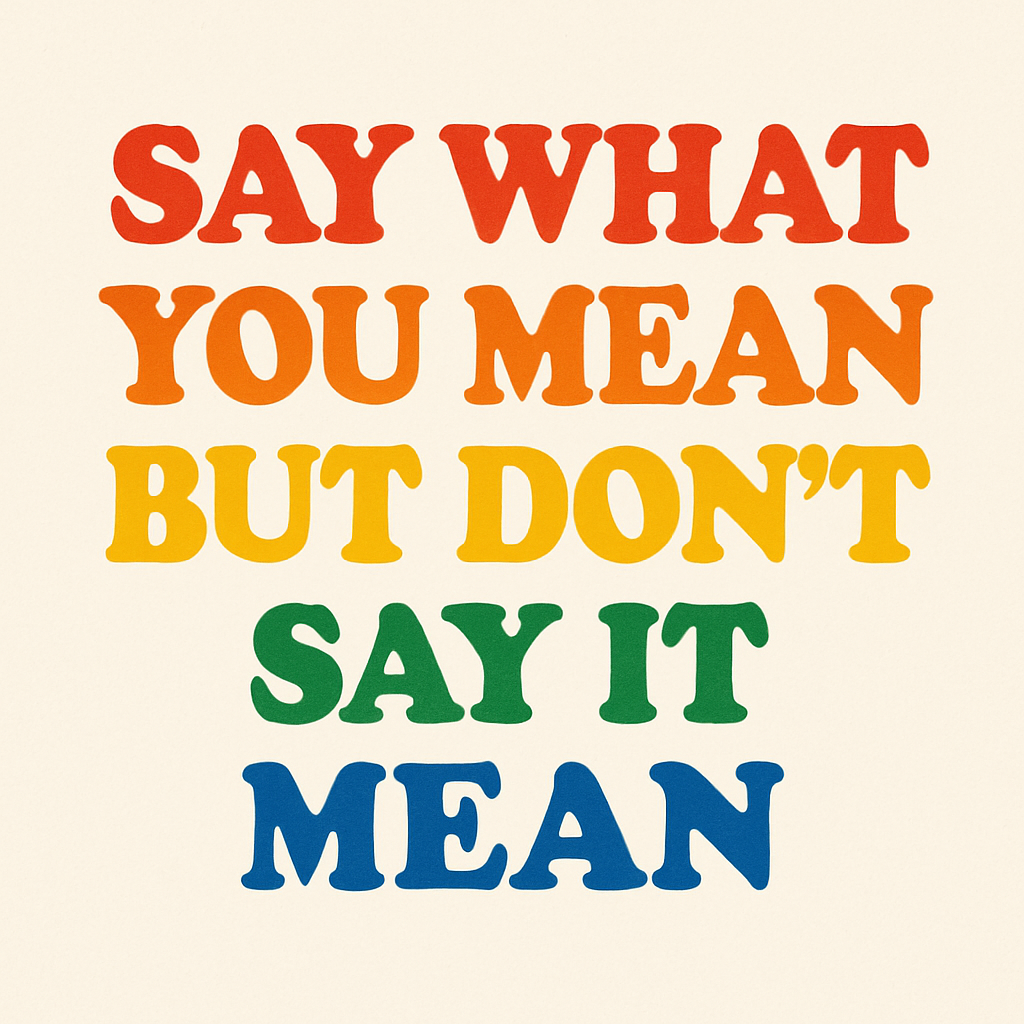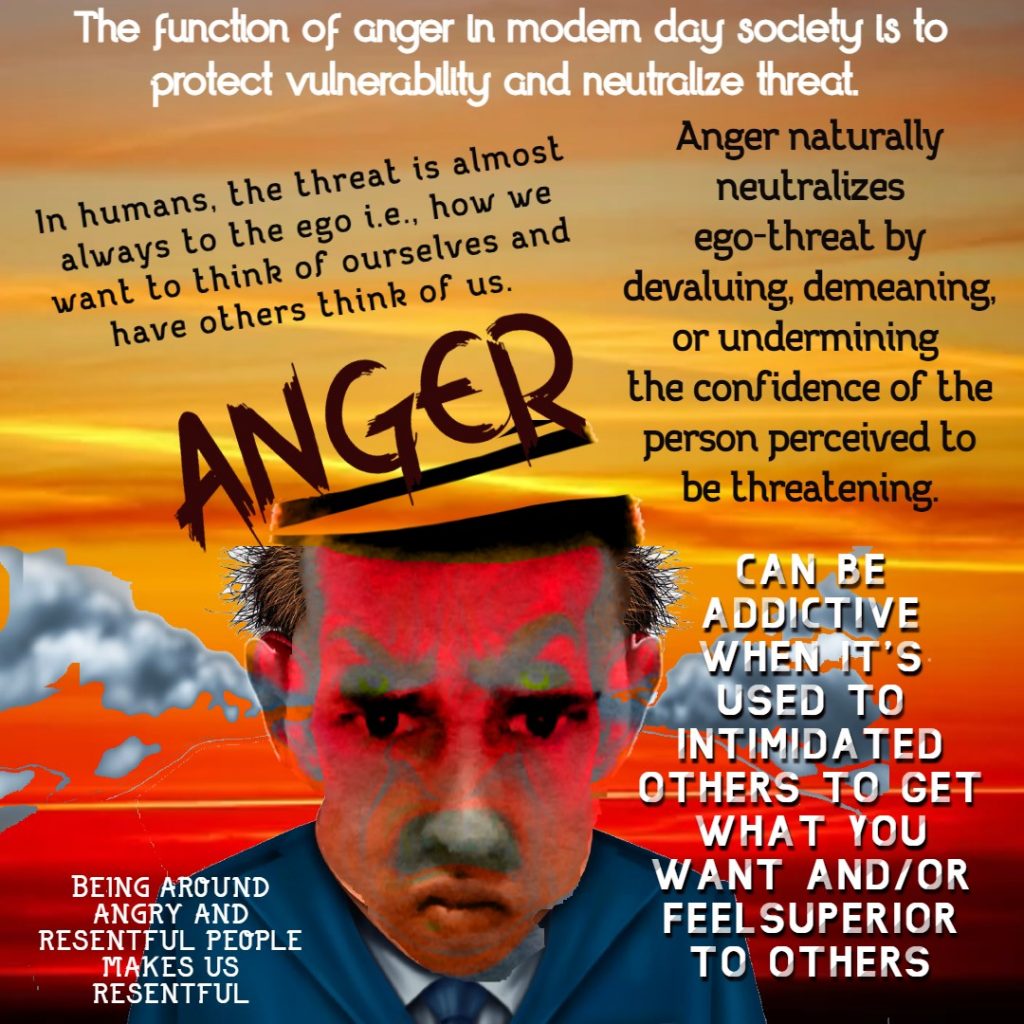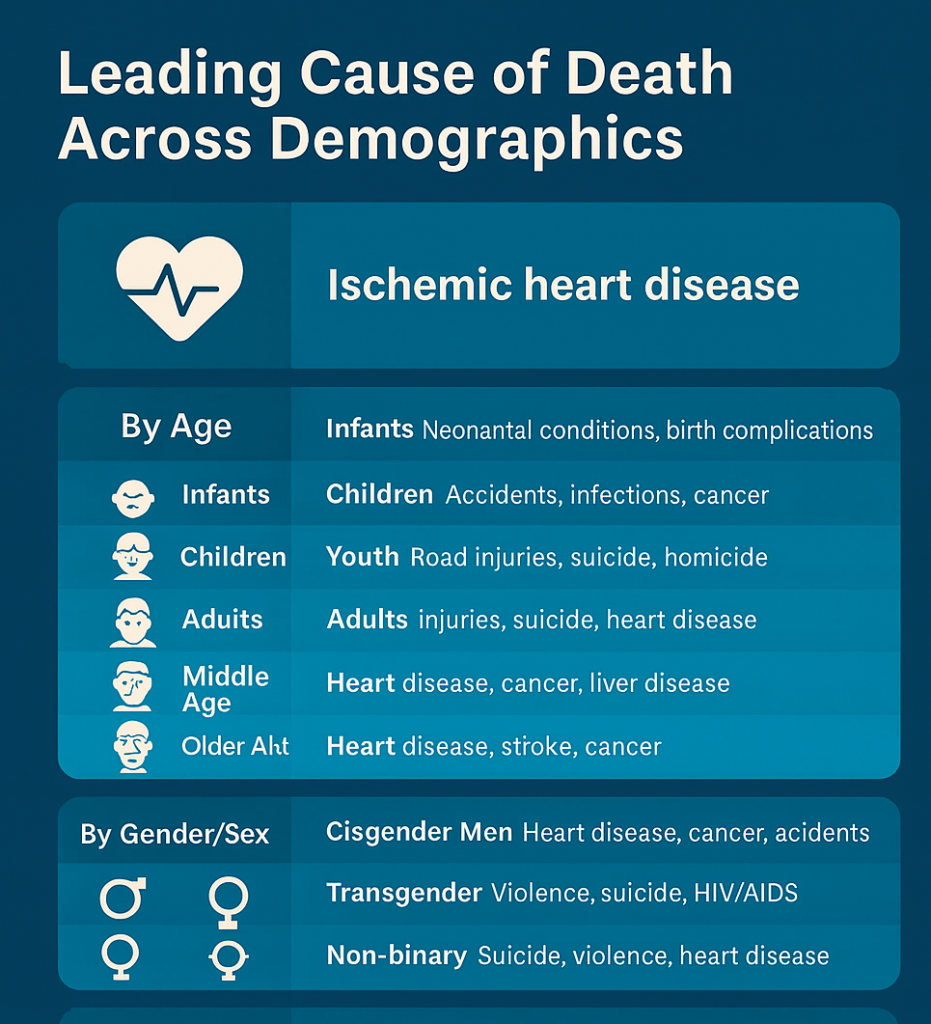
The phrase “Say what you mean, but don’t say it mean” is all about the balance between honesty and kindness in communication.
Here’s what it means:
- “Say what you mean”:
Be clear and truthful. Express your real thoughts and feelings. Don’t beat around the bush or pretend to agree when you don’t. - “But don’t say it mean”:
Speak with kindness and respect. Even when you’re being honest or giving criticism, there’s no need to be rude, hurtful, or aggressive.
Why it matters:
This phrase promotes healthy communication. It’s a reminder that:
- You can be honest without being harsh.
- Tone and delivery matter just as much as the words.
- Empathy and respect should guide your conversations—even when it’s hard.


